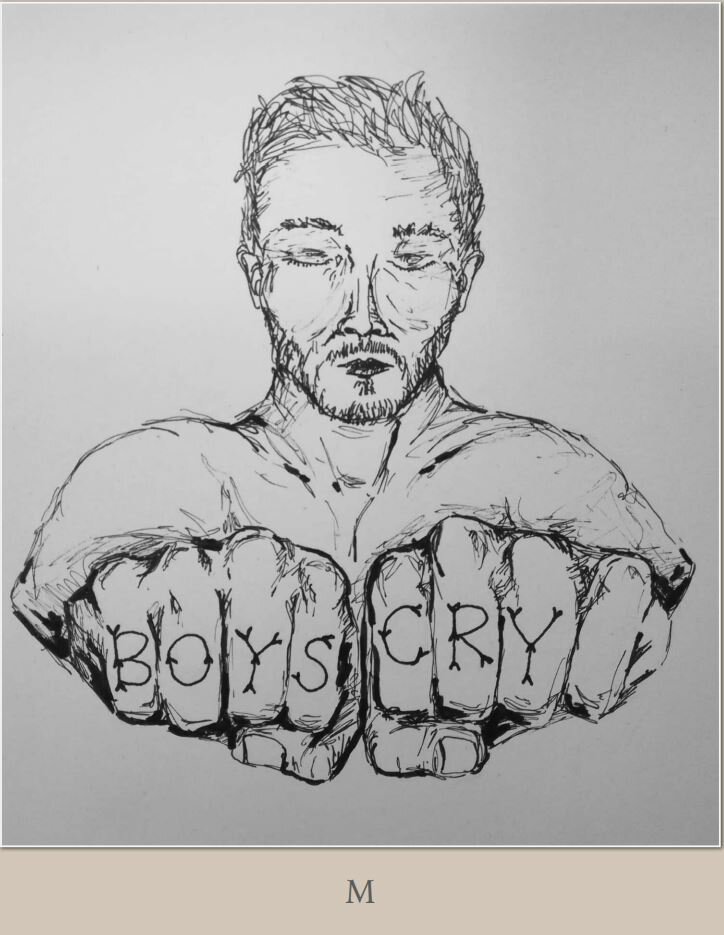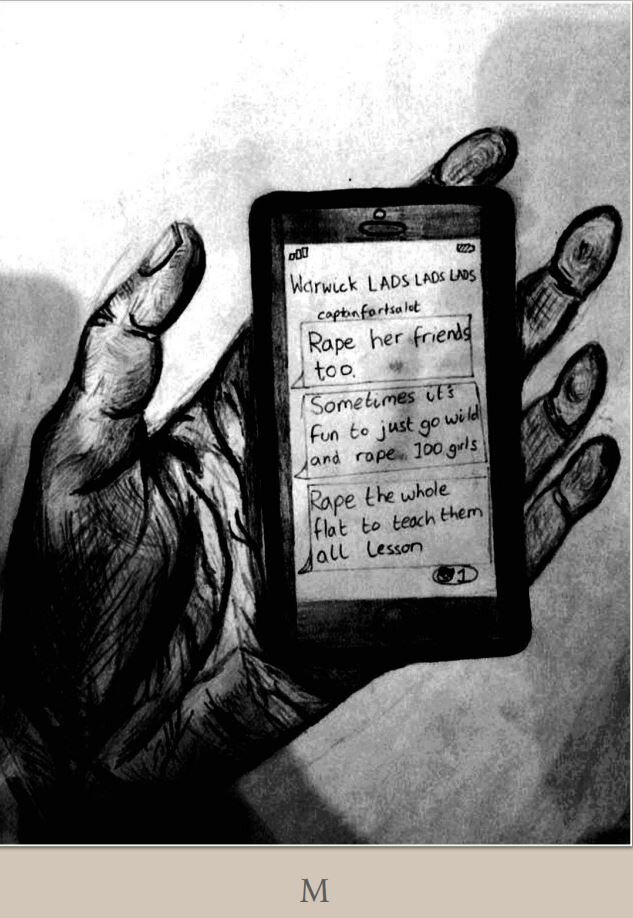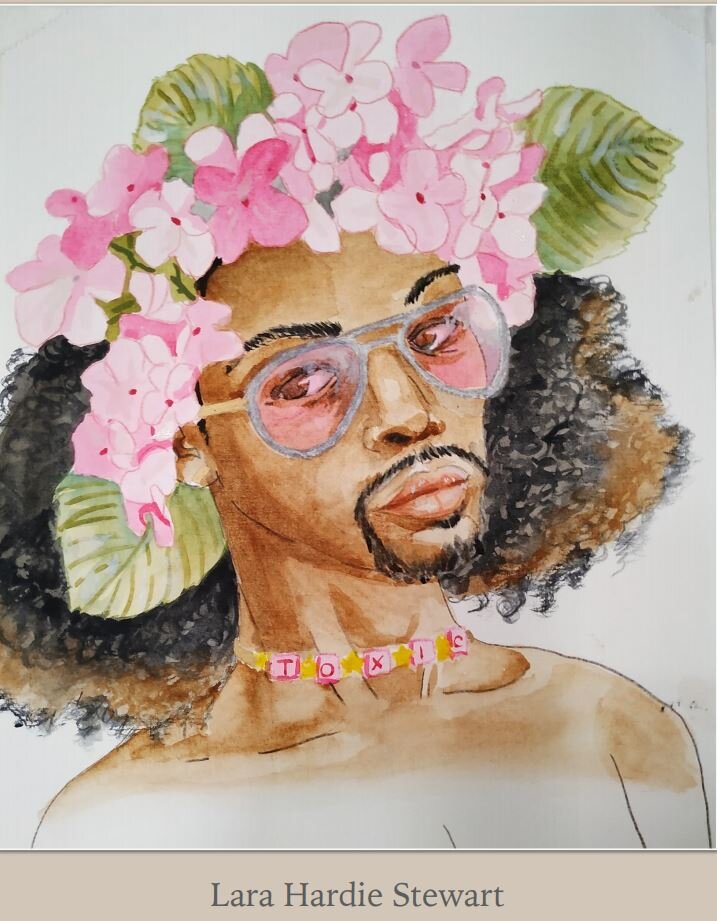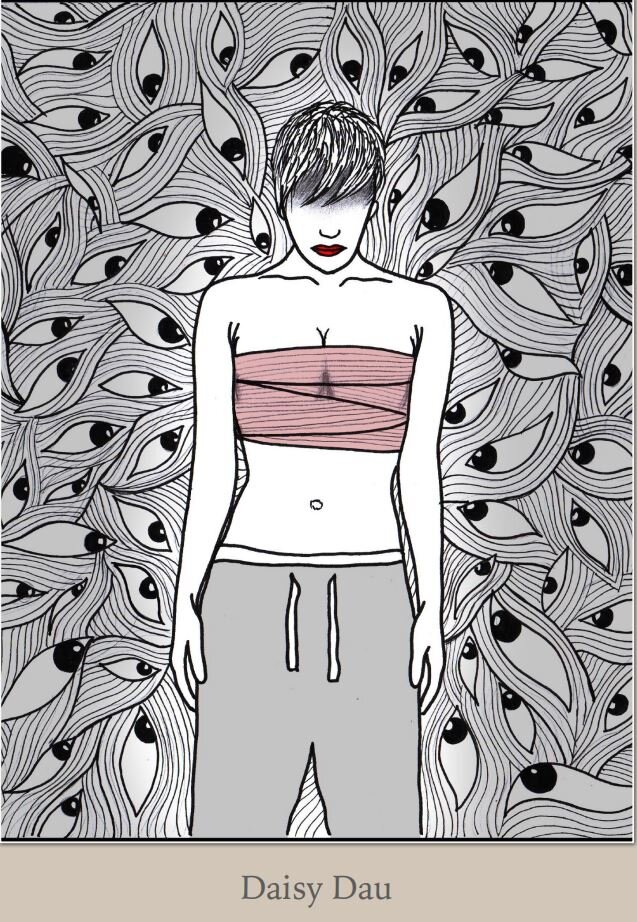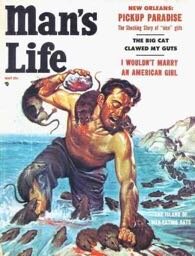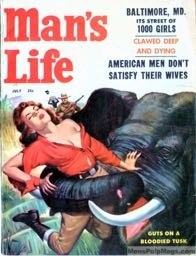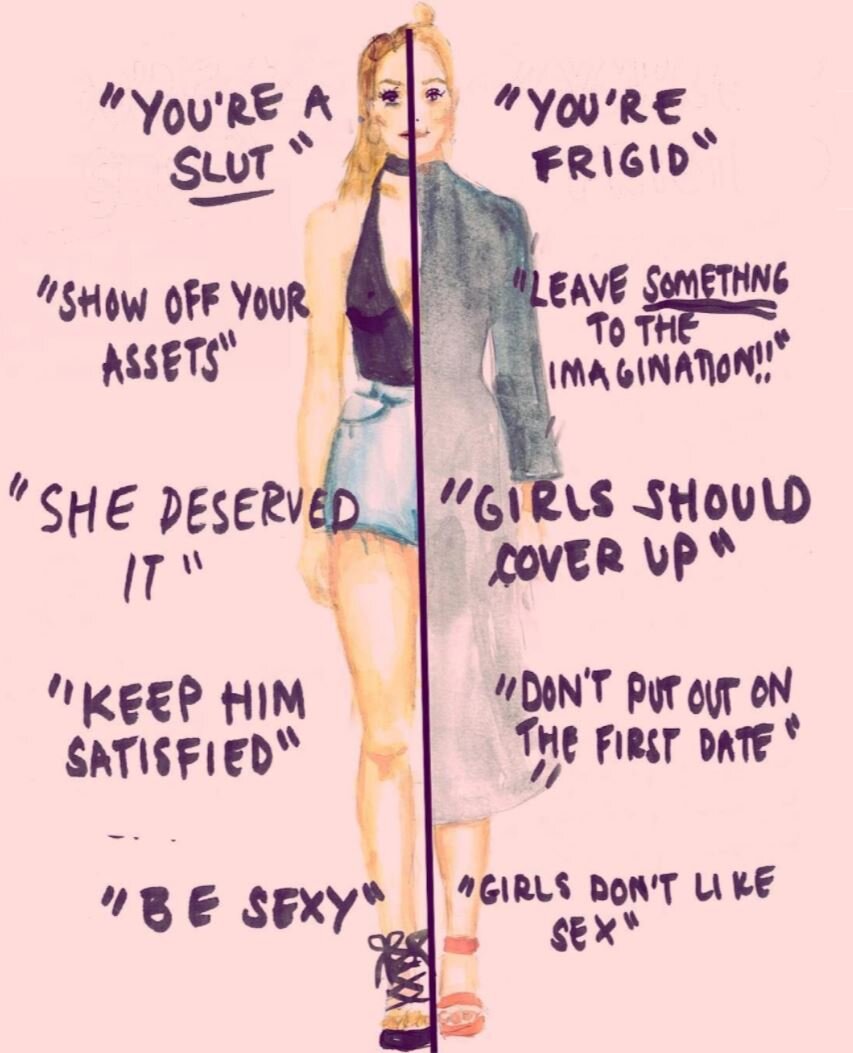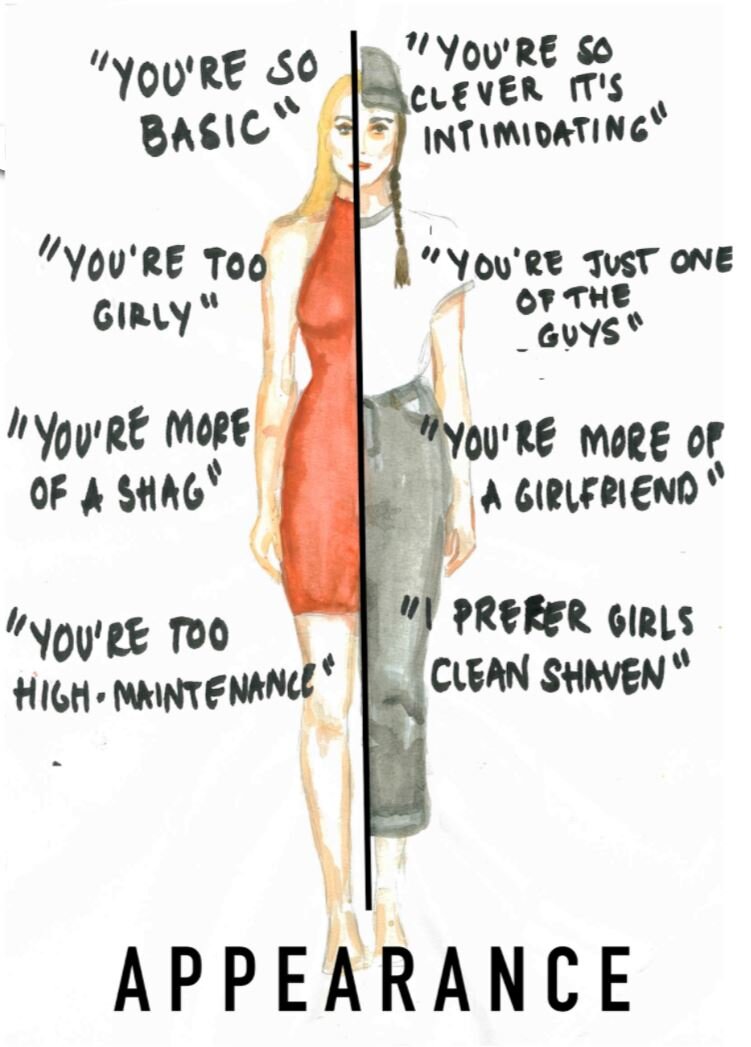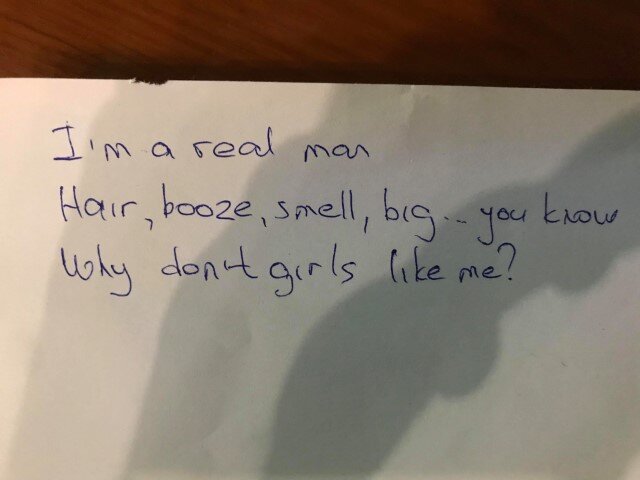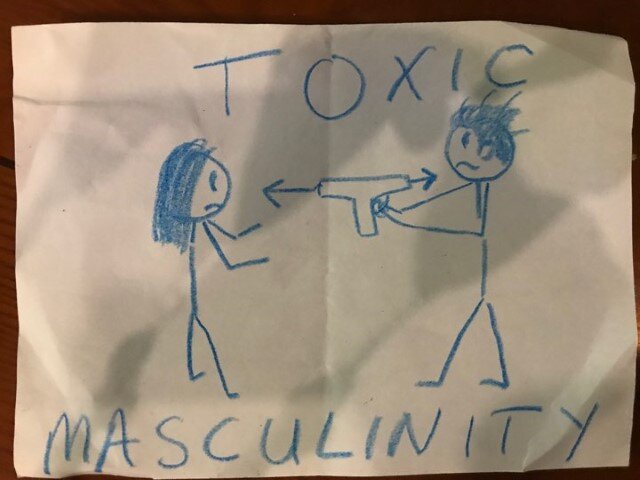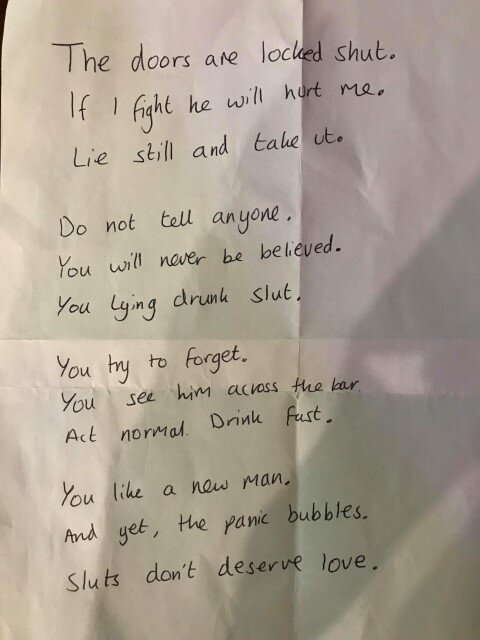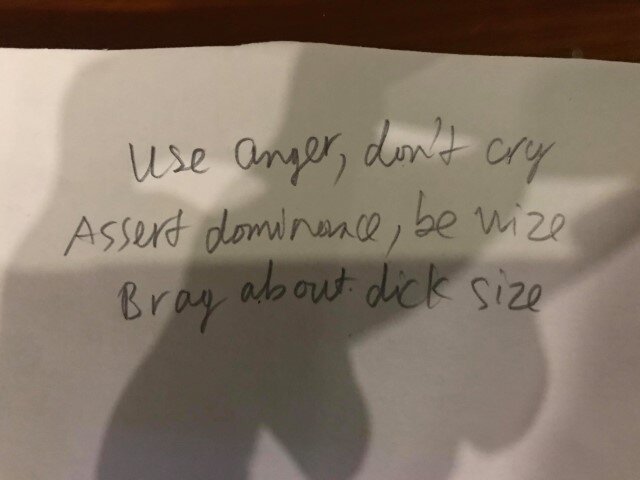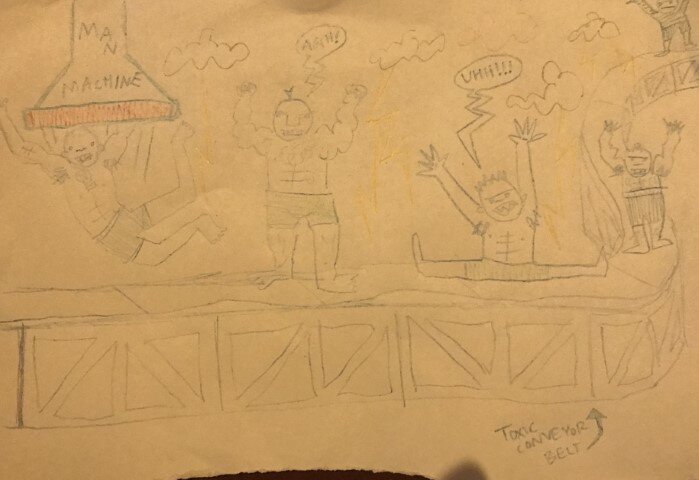Toxic Masculinity
Real Talk Philosophy Artwork
Introductory Discussion Questions
What do “masculinity” and “femininity” mean to you? What traits would you consider to be masculine/feminine?
What traits do you find attractive in a partner? Do you find traditional gender traits attractive?
What does it mean to “man up”? In what ways is this phrase harmful or helpful?
How are our behaviors/beliefs influenced by our biological sex? Are gender roles primarily inherent or learned?
Where do traditional gender roles come from?
What is Masculinity?
So, before diving into a conversation about Toxic Masculinity, it’s tremendously important that we first understand what the word means. But before we can understand the word “Toxic Masculinity,” it would be helpful for us to first explore the word masculinity.
So, what is Masculinity?
Definition
The word “masculinity” tends to be used interchangeably with the words “manhood” and “manliness.” In general, masculinity can be defined as a set of attributes, behaviors, and roles associated with boys and men. Importantly, masculinity is distinct from male biological sex, just as feminity is distinct from female biological sex. Both males and females can exhibit masculine traits and behaviors. And the standards of manliness or masculinity vary across different cultures and different historical periods.
Conventional Masculine Traits
There are certainly many more masculine traits than just these. And, of course, these traits are not exclusive to men. But, in general, traits that are often considered masculine include:
Strength
Courage
Independence
Violence
Assertiveness
Risk-taking
Dominance
Primacy of work
Desire to win
Emotional control
Pursuit of social status
Masculinity Not associated with positive Human Traits
The results of a 2018 study conducted by YouGov, surveying more than 2,000 British adults, show that very few respondents associate masculinity with positive human traits:
Only 3% associated masculinity with care/kindness
Only 1% with Respectfulness
Only 1% with Honesty
And only 1% with Supportiveness
2018 OED Word of the Year
Now, in 2018, a new phenomenon struck the world with such ferocity that its namesake became the 2018 Oxford English Dictionary word of the year. According to the Oxford English Dictionary, “Our corpus data shows that, after ‘chemical’, ‘masculinity’ is the most-used word in conjunction with toxic this year. With the #MeToo movement putting a cross-industry spotlight on toxic masculinity, and watershed political events like the Brett Kavanaugh Senate judiciary committee hearing sparking international debate, the term toxic masculinity has well and truly taken root in the public consciousness and got people talking in 2018.
Other words shortlisted by the Oxford English Dictionary include gaslighting, incel, and big dick energy.
What Is Toxic Masculinity?
So, we take these two words - toxic and masculine - and combine them to form “toxic masculinity.” But what is Toxic Masculinity?
Harmful hyper-masculine traits
Well, according to Jon Johnson writing for Medical News Today in 2020, Toxic Masculinity does not refer to all forms of masculinity, but to masculine traits that, when intensified, are harmful. Just as medicine can become a drug when administered at a high dose, conventionally masculine traits can become toxic traits. These traits include:
Aggression
Sexual aggression or control
Showing no emotion or suppressing emotions1
Hyper-competitiveness
Needing to dominate or control others
A tendency towards or glorification of violence
Isolation
Low empathy
Entitlement
Homophobia
Chauvinism and sexism
Two Distinct Definitions
Like most topics explored at Real Talk Philosophy, there is little consensus over exactly what the term “toxic masculinity” means. So, when having a conversation about toxic masculinity, it is dreadfully important that we recognize two distinct definitions, based on two distinct ways the word tends to be used.
In its earliest days of use, the term Toxic Masculinity tended to refer to the societal pressures put on men, asking them to adhere to hyper-masculine traits and scripts.
According to William Liu’s article “How Trump’s Toxic Masculinity is Bad for Other Men,” Toxic Masculinity is “this idea that men have to be the alpha male in all situations… that they’re not supposed to be emotional or affectionate…” William goes on to assert that “some men express anger and rage because those are the only normalized forms of emotions for them. Any expression of compassion… is deemed not ‘masculine.’”
Now, more recently, the term Toxic Masculinity has been used to refer to the harmful masculine traits themselves. Or as Terry Kupers wrote in the Journal of Clinical Psychology, Toxic Masculinity is “the constellation of socially regressive [masculine] traits that serve to foster domination, the devaluation of women, homophobia, and wanton violence.”
What’s so important to understand about these two competing definitions is that the earlier definition identified men as the victims of toxic masculinity, whereas the later definition identified men as the perpetrators of toxic masculinity.
Term inconsistency
Now, because of these two distinct, competing definitions, some writers claim that all masculinity is toxic and should be abandoned; others do not. Some writers claim that toxic masculinity lies in the individual; others claim it lies in society. Some writers claim that toxic masculinity is exclusive to men. Others claim that everyone, including women, is capable of expressing or encouraging toxic masculine behavior. Some writers claim that toxic femininity doesn't exist; others believe it does.
Cultural Influence
In 2015, Huffington Post released a video called “48 Things Men Hear In A Lifetime (That Are Bad For Everyone)” that features a handful of men reporting things they’ve heard from others, pressuring them to “man up.” These included comments such as:
Do you mind that she makes more money than you?
So, you’re just a stay-at-home dad?
Man up!
You’re going to see Adele in concert?
You cry during movies?
Don’t be such a pussy?
You don’t watch football?
You’re so scrawny!
You got hit by a girl?
You throw like a girl.
What are you, gay?
Boys don’t play with dolls.
Pink is a girl’s color.
Boys don’t cry.
You’re so sensitive for a guy!
You’re gonna let your son take dance classes?
And, of course, these expected behaviors and character traits of men are not new. Here are a few Man’s Life magazine cover pages from the 1950s.
What do you see here?
Statistics from “The Man Box”
According to a 2017 Australian study called “The Man Box,” an online survey of a representative sample of 1,000 young men ages 18-30 from across the country,
48% feel society expects men to not care about their appearance
38% feel society expects men to not cook, sew, clean the house, or take care of younger children
39% feel society believes a man shouldn’t have to do household chores
56% feel society expects men to be the breadwinner
47% feel society believes that a gay man is not a ‘real man’
47% feel society pressures men to have as many sexual partners as possible
56% feel society believe a ‘real man’ would never say no to sex.
35% feel society expects men to use violence to get respect
43% feel society expects to make the final decisions in his relationship or marriage
44% feel society expects men to know where their girlfriends/wives are all the time
49% feel society would not respect a man who talks a lot about his worries, fears, and problems
54% feel society expects men to figure out their personal problems alone
60% feel society expects men fight back when others push him around
69% feel society expects guys to act strong at all times
67% feel pressured to display hyper-masculine behavior
61% feel society expects them to “man up” when faced with a challenge
54% feel society expects them to be the breadwinner in the family
33% would feel emasculated standing next to a taller woman
53% feel society expects them to never ask for emotional support
55% feel crying in front of others would make a them feel less masculine
Is anger an emotion?
In August of 2020, happy claire’s birthday week tweeted “honestly the best marketing scheme in history is men successfully getting away with calling women the ‘more emotional’ gender for like, EONS, because they've successfully rebranded anger as Not An Emotion.”
Now, if happy claire’s birthday week is correct, are all men to blame?
Is Anger normalized for men?
As William Liu writes in Time, “Some men express anger and rage because those are the only normalized forms of emotions for them. Any expression of compassion, therefore, may feel scary because that kind of emotion is deemed not ‘masculine.’”
Toxic Feminity
While on an exploration of Toxic Masculinity, it may be useful for us to explore Toxic Femininity. Now, the trouble with exploring toxic femininity is the same trouble that initially arises when exploring toxic masculinity. What exactly is it?
Well, if Toxic Femininity can be defined in terms of Toxic Masculinity, we could say that Toxic Femininity also has two distinct definitions:
First, the exhibition of hyper-feminine traits that are harmful. Things like a lack of assertiveness, expecting to be taken care of. Maybe even bulimia and anorexia fall under this categorization.
And the second definition of Toxic Femininity could be the societal pressures on women to adhere to hyper-feminine traits, behaviors, and scripts.
And like Toxic Masculinity, perhaps the term Toxic Femininity identifies women as either the victims or the perpetrators.
And there are clearly two opposing forces here. Some magazines encourage women to “get the look that boys notice.” While some sharpie-commentators write “How to lose weight like an anorexic with the body of a fucking twelve year old. Then you’ll be the kind of girl every boy wants to fuck real hard. Order now.”
This includes expectations related to appearance.
Discussion Questions
Is suppression of emotion a helpful or harmful thing? Should we freely express and embrace our emotions, or learn to control them?
In what ways do gender roles help us? In what ways do they hurt us?
What are the positive aspects of masculinity/masculine culture? What are the negative aspects?
Is the term “toxic masculinity” helpful and accurate, or should we use a different term?
How are masculinity/femininity portrayed in films and media? Should we regulate or protest these to minimize harm?
Criticisms of the Term/Idea
So, understanding what Toxic Masculinity is (and for that matter, understanding what Toxic Femininity is) seems to serve a purpose. Toxic Masculinity seems to negatively impact many men and many women. And it’s important that we’re able to identify and name the problems that we face.
But some thinkers raise issues with the term Toxic Masculinity.
Harmful Term
Well, some say that the term itself (and the way it is used) is harmful. And this is for a variety of reasons. First, they recognize that the term is widely misunderstood and, despite its origins, tends to blame men for exhibiting any kind of masculinity. Others argue that the term is an attack on manhood, and harmful to men’s existential sense of self.
Psychologists like Gad Saad Ph.D. recognize that this criticism and blame comes at a time when men already face challenges such as higher rates of drug overdose and suicide. Many also argue that the term Toxic Masculinity sets a double-standard, as many women often find conventionally “toxic” traits (like brute strength, possessiveness, aggression, etc.) attractive. Others argue that the term is a distraction from genuine causes of domestic abuse. The alcohol industry has funded research denying a relationship between alcohol and violence, instead of blaming “masculinity.” And lastly, some argue that the term Toxic Masculinity is just used as digital content “cannon fodder". That is, if an otherwise unimpressive article included Toxic Masculinity in its headline, it will receive far more likes, comments, and shares.
Allie Stuckley, the host of the Relatable podcast, commented that:
If masculinity were truly toxic, then kids growing up without dads would presumably be better off than those who have them. But, they're not: they tend to be more depressed, aggressive, & criminal. Truth is: we need more masculinity in society, not less.
The real problem: Lack of Masculinity
Allie goes on to say that any attempt to reduce masculinity has resulted in more “toxic masculinity,” not less. She says that “Aggression, violence, and unbridled ambition can’t be eliminated from the male psyche; they can only be harnessed. And when they are harnessed, they are tools for good, not for harm. The same masculine traits that bring destruction also defeat tyranny. The traits that foster greed also build economies. The traits that drive men to take foolish risks also drive men to take heroic risks."
Do we need less masculinity in society or more?
Demasculinization of Society
Allie points to a number of studies that prove her point. She argues that a rise in men’s problems (violence, etc.) has coincided with the breakdown of the “family unit” and the “demasculinization” of society. She recognizes that, in the US, 43% of boys raised by single mothers, and one in four fathers now lives apart from his children. This fatherlessness is a big problem because fatherless boys are more depressed and therefore are at greater risk for incarceration, teen fatherdom, and poverty. 71% of high school dropouts are fatherless and this isn’t just a problem of having too little male influence at home. This is a problem in the classroom as well because 78% of teachers are female.
Allie says “On the playground, aggressive games like dodgeball have long been banished. We tell young men that their intrinsic desire to compete is wrong. Everybody gets a trophy." and that “This anti-male tilt continues on through higher education and into the workplace. It has created millions of tentative men, unhappy women, and confused boys and girls.”
Men’s right activism
Men’s right activists are actively fighting against this demasculinization of men. Men’s Rights Activism is primarily considered a reactionary movement to Feminism. Amongst other things, Men’s Rights Activists claim that ideas like Toxic Masculinity aren’t helpful because they’re purely critical (don’t offer solutions)
As Jaclyn Friedman, American feminist writer and activist, writes, “The list of grievances for [Men’s Rights Activists] is long. It includes the elevated rate of suicide for men, educational discrimination against boys, economic and workplace conditions for men, violence against men, false rape reporting, fathers’ rights in custody battles, rates of male imprisonment and prison conditions, and the horrors of war. Many of these issues deserve a thoughtful response and the force of an organized movement to address them.”
Men’s Issues
So, what, we should just believe Allie Stuckley and Jaclyn Friedman? No. Let’s investigate it ourselves.
Men’s Mental Health
The list of concerns that some Men’s Rights Activists focus on includes
Depression
Stress
Body image problems
Substance abuse
Poor social functioning.
Suspension, expulsion, and dropping out
Suicide
Physical health problems (e.g., cardiovascular disease)
Incarceration
Early mortality
Quality-of-life issues (e.g., relational problems, family well-being)
Homohysteria, the fear that one might be mistaken as gay
Do you believe these issues predominantly affect men or women?
Statistics on Mental Health
76% of suicides are by men. Suicide is the most frequent cause of death for men under 35.
12.5% of men suffer from a mental health disorder.
Men are nearly three times more likely than women to become alcohol dependent 8.7% of men are dependent, 3.3% of women
Men are more likely to use (and die from) illegal drugs
Men are less likely to access psychological therapies than women.
Men and Violent Crime
Men are also more often the perpetrators of violent crimes. Men in the U.S. represent:
80% of arrests for violent crime
97% of arrests for mass shooting
98.9% of those arrested for forcible rape
87.9% of those arrested for robbery
85.0% of those arrested for burglary
83.0% of those arrested for arson
81.7% of those arrested for vandalism
81.5% of those arrested for motor-vehicle theft.
79.7% of those arrested for offenses against family & children
77.8% of those arrested for aggravated assault
But this implies one of three options:
The police are biased against men.
Men are biologically more predisposed to violence.
Men are more sociologically pressured into committing acts of violence.
Is Toxic Masculinity to Blame?
Ok, so being a man tends to result in increased rates of violent crime. But this isn’t a conversation about being a man; this is a conversation about toxic masculinity. Is toxic masculinity harmful? According to a study conducted by Joel Wong in 2017, “Men who adhere to traditionally masculine cultural norms... tend to be more likely to experience psychological problems…”. Not only that, but boys and men who exhibit features of toxic masculinity are more likely to perpetrate gendered violence, rape, murder, mass shootings, gang violence, and online trolling
Moving forward
As Christopher Muwanguzi, CEO of the organization Working With Men, explained, “In light of movements like #MeToo, recent reports highlighting the relentless harassment women and girls in the UK face on a daily basis, and the surge in gang violence, it has become clear that we need to change perceptions about what it means to be and act as a man in [the 21st century]”
So, how do perceptions about what it means to be a man need to change in the 21st century?
Discussion Questions
How can we move past and heal from toxic gender ideas and behaviors?
Who are your role models for healthy masculinity/femininity?
Does toxic femininity exist? If so, what does it look like?
Are toxic masculinity and toxic femininity expressions of the same thing? Could Men’s Rights Activists and Feminists be allied, or are they inherently opposed?
Does the world need more masculinity or more femininity? How would the world be different in each case?
